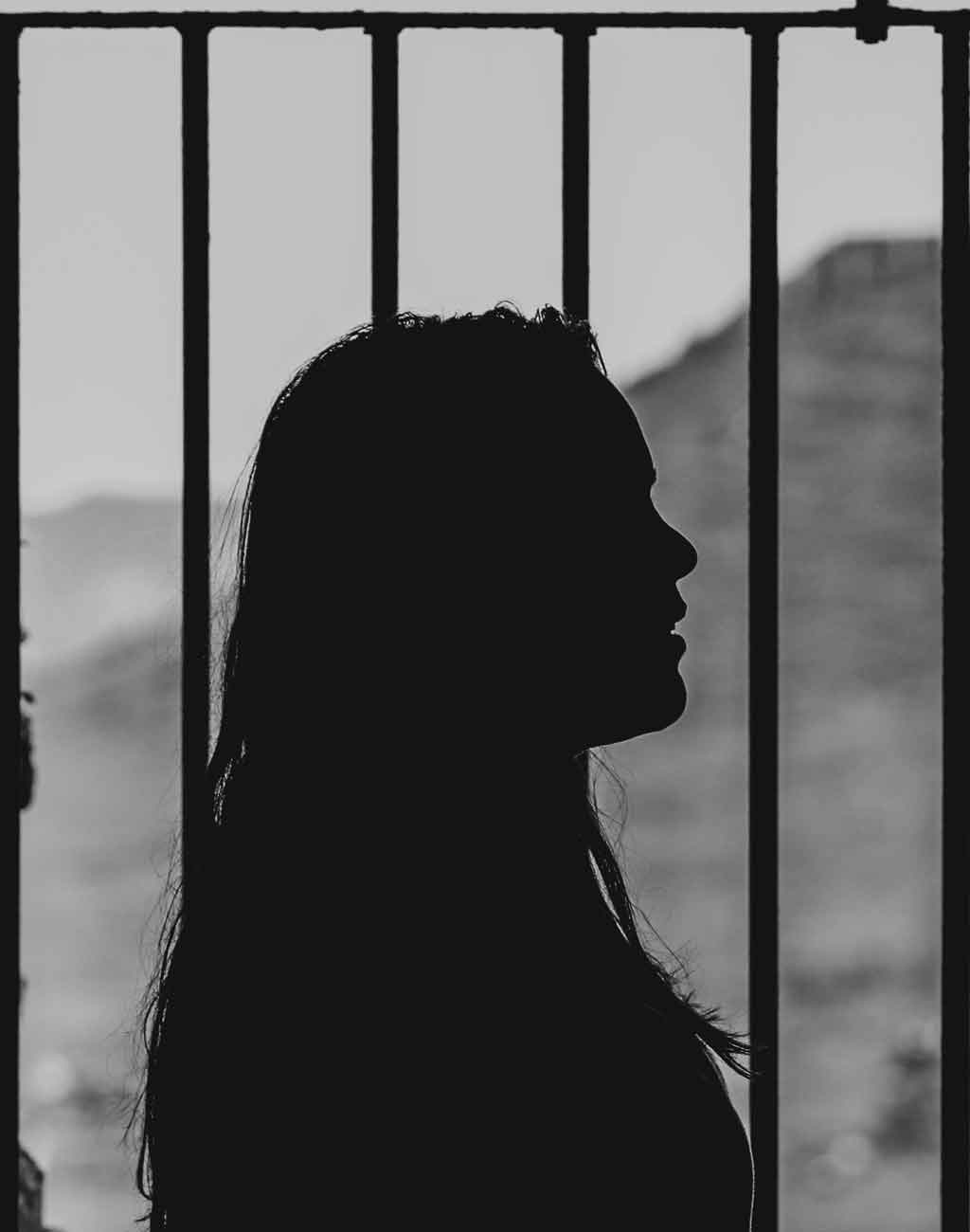Outreach & Support

Outreach to Women in Prison
One of the modern ills that the U.S. society faces is the exponential growth in female incarceration.
While Creighton Model’s NaProTechnology® cannot address these disparities, it can benefit the women in prison, many of whom have serious metabolic health problems, diabetes, and hormone dysfunction, but also frequently suffer from mental health issues as a result of significant trauma history. Women in prison should thus be given an option to adopt the Creighton Model as a means to heal.
As the effort to bring Creighton Model to the prisons requires considerable support, setting up a non-profit for this purpose is the next step, along with building collaborative relationships that would allow this endeavor to be fully realized.
